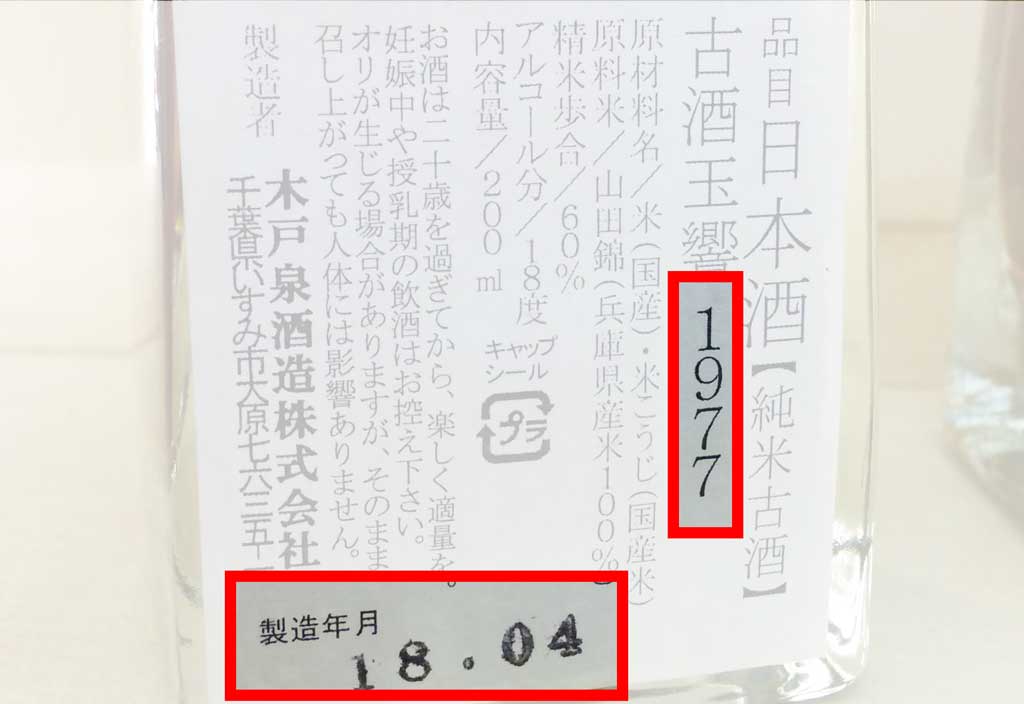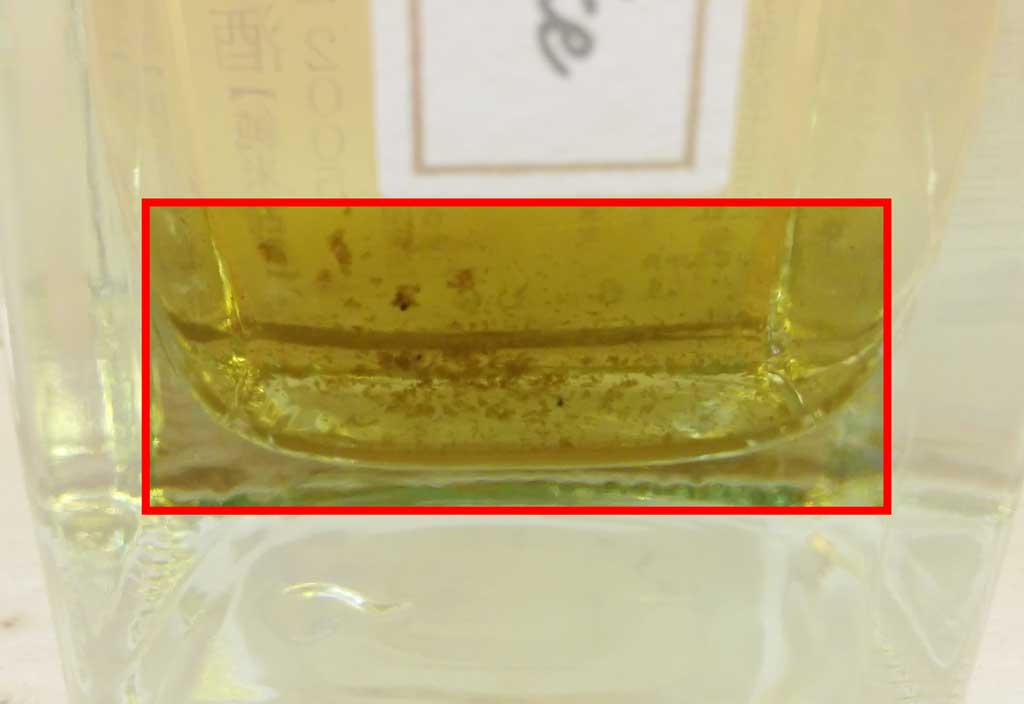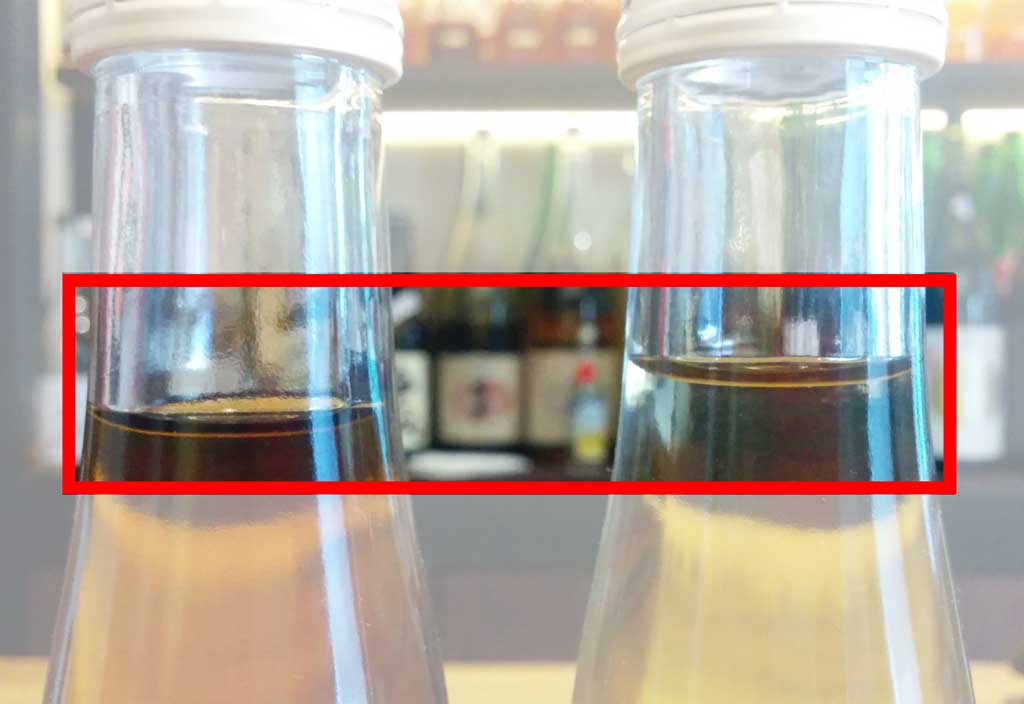Other
Products stored in ready-to-ship conditions will experience weathering, sagging, burning, and color shifts on the outer box and label due to the age of the label and outer box. In addition, cold-stored products may be strongly affected by condensation during the summer. We hope that you will enjoy this as one of the texture of aged sake.
Japanese sake that is stored in small bottles, such as TO-BIN(18 lt. glass bottle) and ISSHO-BIN(1.8 lt. glass bottle), matures differently in each bottle. When the sake is further divided into smaller bottles for shipping, the taste may differ from bottle to bottle, even for the same product.
Japanese sake matures differently depending on temperature, volume, container, and vibration. Even if a bottle is stored in a cellar, there will be a difference in taste between a bottle near the ground and a bottle two meters above. For this reason, some products are blended to ensure a certain degree of consistency in quality, while others are shipped as is.
I think it’s one of the pleasures to enjoy the power of nature and the flow of time that can’t go according to human wishes.
Some of what I have written here may need to be improved. However, at Inishie Sake Brewery, we believe that these are also interesting aspects of old and aged sake that existed in a certain period of time. We hope that you will understand this point and experience the charm of old and aged sake.
Please do not consider this as a reason for making a claim or returning an item.

 日本語
日本語

